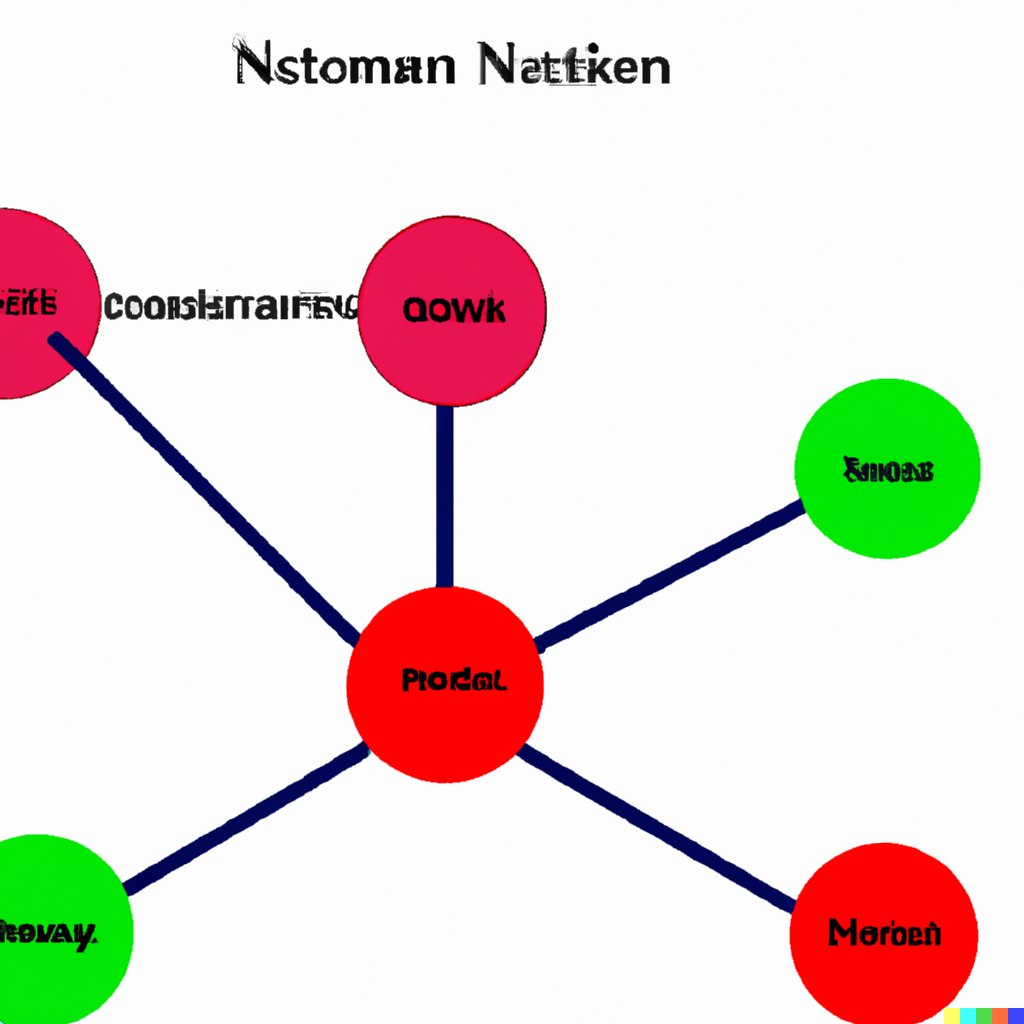Network segmentation is the practice of dividing a network into smaller, isolated segments in order to improve security and reduce the risk of a data breach. According to a report by the National Institute of Standards and Technology (NIST), network segmentation can significantly reduce the impact of a cyberattack.
One of the key benefits of network segmentation is that it limits the spread of an attack. If a hacker is able to gain access to one segment of the network, they will not be able to access other segments without additional authentication. This can help prevent a widespread breach and reduce the overall impact of the attack.
In addition to limiting the spread of an attack, network segmentation can also improve the efficiency of security controls. By dividing the network into smaller segments, it is easier to apply security controls to specific areas of the network, rather than trying to apply them to the entire network.
To implement network segmentation, businesses can use a variety of techniques, such as virtual LANs (VLANs) and firewalls. It is important to work with a trusted vendor or security expert to determine the best approach for your business.
Practical tips
- Use VLANs: Create virtual LANs (VLANs) to segment your network into smaller, isolated areas.
- Use firewalls: Use firewalls to control traffic between different segments of the network.
- Work with a security expert: Consult with a security expert to determine the best approach for your business and ensure that your network is properly segmented.


